Homeowners prefer 3D modeling software for visualizing home additions before construction begins. Software applications, like SketchUp and AutoCAD, provide tools for creating detailed home plans. These applications allow users to manipulate dimensions and materials, facilitating accurate representations of proposed changes. Studies reveal that 3D models enhance communication between homeowners and contractors, reducing misunderstandings and project errors.
Architects use 3D software to incorporate complex features into designs, such as lighting effects and landscaping elements. This capability enables clients to see realistic interpretations of how new additions will integrate with existing structures. Surveys suggest that 3D visualizations increase client satisfaction by up to 60%, as they offer a clear expectation of the finished project. These tools support various file formats, ensuring compatibility across different devices and software used by professionals in the construction industry.
In the context of efficiency, 3D modeling software significantly outperforms traditional 2D drafting methods. Projects completed with 3D models typically experience fewer delays, with data indicating a reduction in project turnaround times by 35%. The ability to detect potential issues early in the design phase leads to a 45% decrease in material waste, contributing to more sustainable construction practices.
For those seeking a user-friendly option, Arcadium emerges as a formidable choice. This browser-based, 3D modeling software caters specifically to designers and enthusiasts in need of simplicity and fast results. Users can create detailed 3D house plans within minutes, showcasing its efficiency and ease of use. Arcadium stands out for its ease of use, making it an ideal tool for those new to 3D modeling or working on home addition projects.
Contents:
Understanding 3D Modeling Software Basics
What are the fundamental components of 3D modeling software? At its core, these programs encompass tools for sculpting, texturing, and rendering. Sculpting lets users manipulate digital clay into shapes, such as walls or roofs. Texturing applies surface details, for example, brick or wood finishes. Rendering brings the model to life with light and shadows, creating realistic images of proposed home additions.
How does one navigate the interface of these programs? Every software provides a unique set of controls for interacting with the 3D space. Users select tools from menus, adjust object properties via panels, and view their creations from multiple angles in the viewport. Mastery over these controls enables the seamless translation of addition ideas into digital models.
Why is practicing with different projects important? Practice builds familiarity with the software’s capabilities and limitations. Starting with simple projects, such as a single room addition, and gradually moving to more complex ones, like multi-story extensions, allows users to explore a variety of tools. This progression ensures a comprehensive understanding of how to bring any vision to life through 3D modeling.
In terms of learning curve, users often find that starting with basic projects and then tackling more complex designs leads to a deeper understanding of 3D modeling software. This approach contrasts with jumping directly into advanced projects, which can overwhelm and confuse. Engaging with a range of difficulties teaches valuable lessons about both the software’s broad capabilities and its finer nuances, offering a clearer path to mastering home addition modeling.
Selecting the Right 3D Modeling Software for Home Additions
What factors should be considered when selecting the right 3D modeling software for home additions? Usability and feature set stand paramount. Novices demand intuitive interfaces and straightforward tools, while professionals seek advanced functionalities like custom textures and precise dimension controls. This duality ensures a wide spectrum of programs cater to diverse skill levels and project complexities.
How significant is compatibility with existing software and hardware? Critically important. Seamless integration with operating systems and existing design tools accelerates workflows and reduces learning curves. Conversely, mismatches may result in inefficiencies or the need for costly upgrades. Users must ensure their computers possess adequate processing power, graphics capabilities, and memory to support their chosen software efficiently.
Do cost considerations influence the selection process? Absolutely. Options range from open-source programs, which are free but might require additional customization, to premium solutions offering extensive support and robust feature sets. Budget constraints often guide the decision, but investing in software that saves time and enhances quality can justify higher upfront expenses.
Software with a comprehensive feature set typically offers a steeper learning curve than simpler, more intuitive programs. Users seeking to rapidly model home additions might favor ease of use over a plethora of features they'll rarely exploit. Meanwhile, programs supporting extensive file formats provide greater flexibility for importing and exporting designs than those with limited compatibility, streamlining collaboration among architects, designers, and contractors. This balance between functionality, ease of integration, and cost efficiency underscores the importance of meticulously evaluating software options to ensure the chosen solution optimally supports specific home addition projects.
Designing Your First Home Addition Project
How do you start designing your first home addition project using 3D modeling software? Begin by sketching out your ideas on paper. These preliminary drawings serve as a foundation. The software then transforms these concepts into detailed, scalable models. Rooms, walls, and roofs become malleable elements that you can adjust with precision, ensuring every square inch of the addition fits your vision and the existing structure seamlessly.
What features should you focus on while designing? Emphasize functionality and aesthetics equally. Windows, doors, and lighting fixtures are not mere accessories but fundamental components that define the flow of space and natural light. Furniture placement within the software allows for experimentation with different layouts, offering a clear understanding of potential living spaces before any physical changes are made.
Why is it critical to simulate different lighting conditions? Lighting dramatically affects the mood and usability of spaces. By adjusting the position of the sun or adding artificial light sources within the software, you can visualize how light will interact with the room throughout the day. This ensures that the space is both practical and inviting, regardless of the time.
Designing your first home addition project with 3D modeling software is significantly more efficient than traditional methods. Users can make rapid adjustments to designs, test various materials and textures, and immediately see the cost implications of each choice. This approach not only saves time but also reduces the likelihood of expensive errors during construction, leading to a more satisfying and cost-effective project outcome.
Incorporating Architectural Elements
How can architects ensure a seamless blend between new additions and existing structures? By employing 3D modeling software, professionals achieve precision in integrating architectural elements. This method allows for the visualization of complex designs, including archways, columns, and beams, directly alongside the current home's aesthetics. Architects manipulate these models to ensure that new structures contradict neither the style nor the materials of the original building, fostering harmony.
What role do textures and materials play in 3D models? Textures and materials are pivotal, enabling architects to simulate the appearance of surfaces such as brick, stone, and wood accurately. This simulation aids in visualizing how new additions will look with various finishes, ensuring the selected materials complement rather than clash with the existing home. Accurate rendering of textures like polished concrete and terracotta tiles adds a layer of realism to the models, making client presentations more effective.
Why is lighting important in 3D modeling of home additions? Lighting dramatically influences the perception of space, both interior and exterior. Proper illumination within 3D models showcases how natural and artificial light interacts with new architectural elements throughout different times of the day. This consideration prevents potential discrepancies in light distribution, ensuring additions enhance rather than diminish the home's overall ambiance.
Incorporating architectural elements through 3D modeling software reveals its superiority over traditional drafting methods. The software allows for dynamic visualization of textures, such as the roughness of stone versus the smoothness of polished concrete, providing a clearer understanding of material interplay. The manipulation of light within these models elucidates how additions will alter the home's lighting, an insight seldom as clear in 2D representations. Consequently, architects can predict and adjust the visual and functional impacts of new additions with greater accuracy, ensuring the final structure is both aesthetically pleasing and harmoniously integrated with the existing home.
Navigating Permissions and Regulations in Your Design
How do local regulations impact your design process? Local laws often dictate significant constraints on home addition projects. Cities and towns have unique building codes that define the limits of construction, including height restrictions, setback distances, and lot coverage percentages. Homeowners must ensure their design adheres to these stipulations to avoid legal complications and potential fines.
What is the role of permissions in home additions? Permissions act as a formal nod of approval from local authorities for your project's commencement. For instance, zoning permits and building permits are crucial documents that verify your design meets all local codes and regulations. Without these approvals, your project risks being halted, or worse, dismantled after completion.
How can 3D modeling software assist in compliance with regulations? 3D modeling software enables precision in planning and visualization, ensuring every aspect of the design stays within legal boundaries. These tools can automatically flag areas of non-compliance, making it easier to adjust dimensions, materials, and layouts to meet local codes. The software's accuracy reduces the likelihood of project delays due to compliance rejections.
In navigating permissions and regulations, utilizing 3D modeling software offers clear advantages over traditional drafting methods. The software provides real-time updates and alerts for any compliance issues, ensuring a smoother approval process. Traditional methods lack this immediacy and often require manual reviews that can miss critical details, leading to delays and increased costs. Thus, for homeowners aiming to expedite their home addition projects while ensuring compliance, integrating 3D modeling into their planning process proves more efficient and reliable.
Enhancing Interiors with Textures and Materials
How can one give life to rooms using 3D modeling software? By applying various textures and materials within the software. Woods, metals, and fabrics, for example, can transform a cold, uninviting space into a warm, welcoming environment. These elements simulate the nuances of light reflection, shadow casting, and texture depth, creating a realistic portrayal of interior spaces.
What role do materials play in the visualization process? They dictate the aesthetic and functional aspects of the design. Marble, granite, and quartz, serving as materials for countertops, impart luxury and durability. In contrast, wallpapers and paints introduce color and patterns, setting the mood and atmosphere. These choices directly influence the perceived size and comfort of the rooms depicted.
Why is it crucial to experiment with different textures in 3D models? It allows designers to explore a multitude of design outcomes. Soft furnishings like carpets, curtains, and upholstery add comfort and acoustic benefits, whereas hard surfaces like stone, glass, and metal contribute to the space's modernity and cleanliness. This experimentation phase is key to achieving a balanced, cohesive interior design that meets the client's needs and preferences.
In enhancing interiors, utilizing a variety of textures and materials proves more effective than relying solely on furniture and spatial layout. Textures enrich surfaces beyond the two-dimensional, adding depth and character that plain colors cannot achieve. Materials bring authenticity to the design, evoking sensations that connect on a human level. Together, they create a richer, more immersive experience than spatial changes alone can provide, bridging the gap between a digital model and the tangible world.
Visualizing and Modifying Lighting Effects
How does one manipulate the ambiance within a proposed home addition using 3D software? By adjusting light sources directly in the model. Users alter lumens, colors, and positions of light fixtures, such as lamps and ceiling lights. These alterations cast shadows, change hues, and define textures, offering a realistic preview of day and night scenes.
What advantages do daylight simulations offer in home additions? They provide insights into natural illumination throughout the day. Simulations demonstrate the impact of windows, skylights, and glass doors on interior brightness. By viewing these effects, individuals decide on window placements and sizes to maximize sunlight or minimize glare, enhancing energy efficiency and comfort.
Can artificial lighting setups be customized for different activities? Yes, they can tailor illumination for tasks, relaxation, or entertainment. Adjusting the brightness, color temperature, and direction of light sources, such as task lights or accent lighting, helps in creating zones within a space. This customization ensures optimal lighting for reading, cooking, or watching movies, thereby increasing functionality and ambiance.
In practice, visualizing and modifying lighting effects within a 3D model reveals more about a space than traditional sketches ever could. Where sketches suggest light placement and effect in broad strokes, 3D models offer nuanced control over intensity and shadow, bringing a design closer to reality. This precision assists in avoiding potential issues, such as overly dark corners or harsh glares, which might not be apparent in simpler representations.
Sharing and Collaborating on Home Addition Projects
How does one effectively share and collaborate on home addition projects using 3D modeling software? By utilizing the built-in sharing tools, users can effortlessly send designs to others. Architects send blueprints, while designers share layouts. These tools support various file formats, ensuring compatibility and ease of access for all parties involved.
What makes real-time collaboration advantageous in these projects? It enables immediate feedback and iterative updates. Clients suggest changes, professionals adjust designs, and all stakeholders review progress concurrently. This process eliminates the need for extensive email chains and reduces misunderstandings, streamlining project timelines.
Can permissions enhance the collaborative experience? Absolutely, by setting specific user permissions, project leaders maintain control over who can edit or view the project. General contractors might receive editing rights, whereas homeowners might only view, safeguarding the integrity of the design. Permissions ensure that modifications are made only by authorized individuals, minimizing errors.
In terms of project management, sharing and collaborating with 3D modeling software is prefered traditional methods. Traditional methods often involve physical meetings and paper-based designs, which are time-consuming and less efficient. In contrast, 3D modeling allows for swift updates and digital walkthroughs, providing a clearer understanding of the project's outcome. This technological approach saves time, enhances precision, and fosters a more dynamic and engaging collaboration experience.


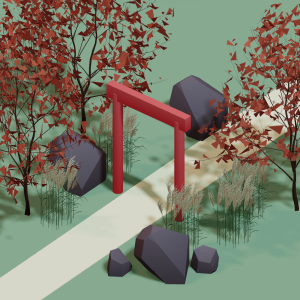 All training, tips and articles
All training, tips and articles
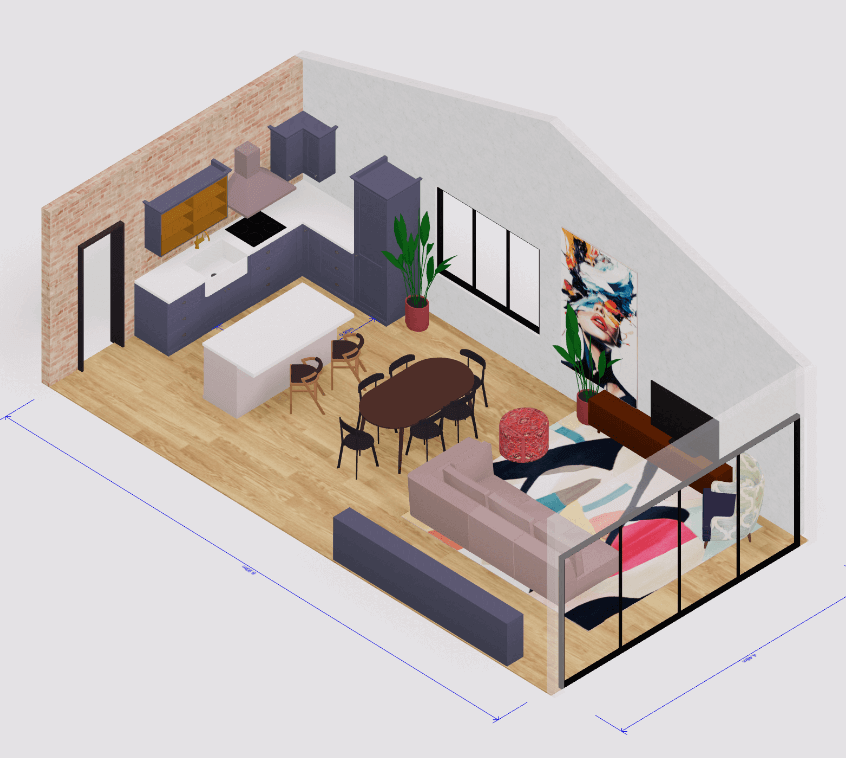 3D house design tool
3D house design tool
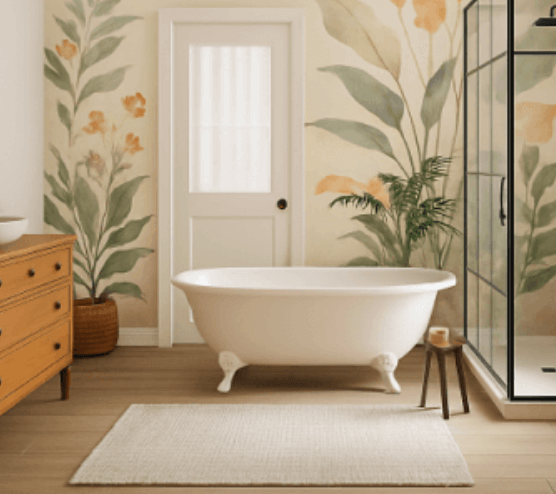
 Color palette generator
Color palette generator
 Floor plan creator
Floor plan creator
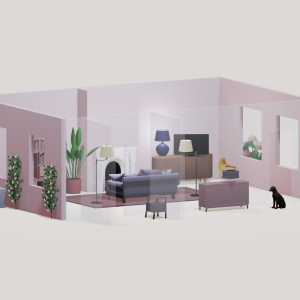 Interior design app
Interior design app
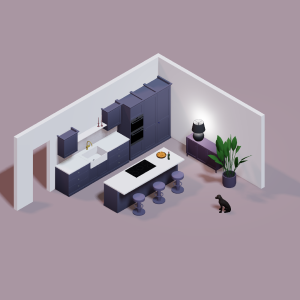 Kitchen design tool
Kitchen design tool
 House design software
House design software
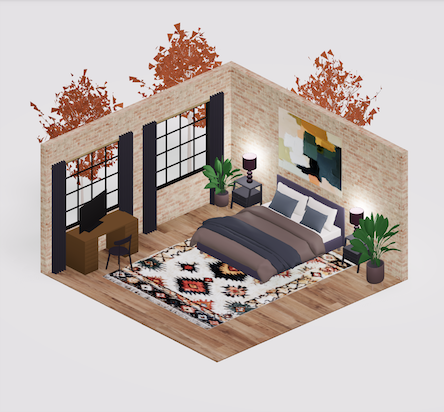 Room designer
Room designer
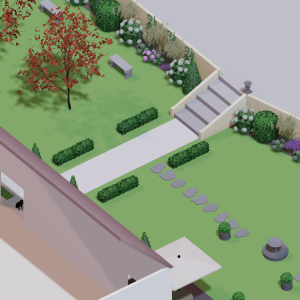 Landscape design software
Landscape design software
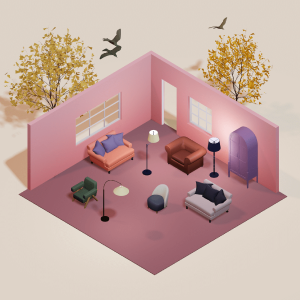 Bedroom design
Bedroom design
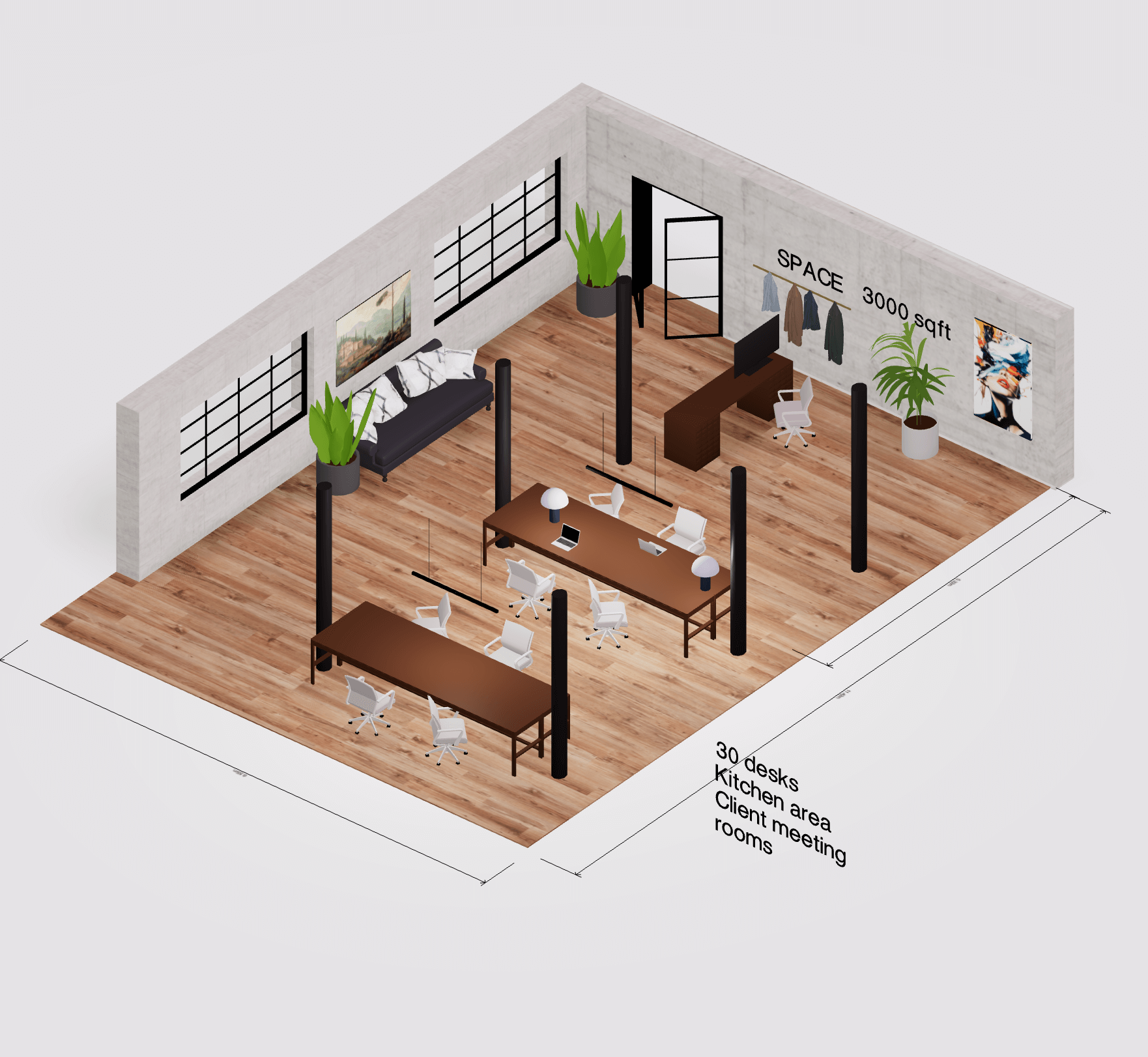 Office floor plan creator
Office floor plan creator
.png)



